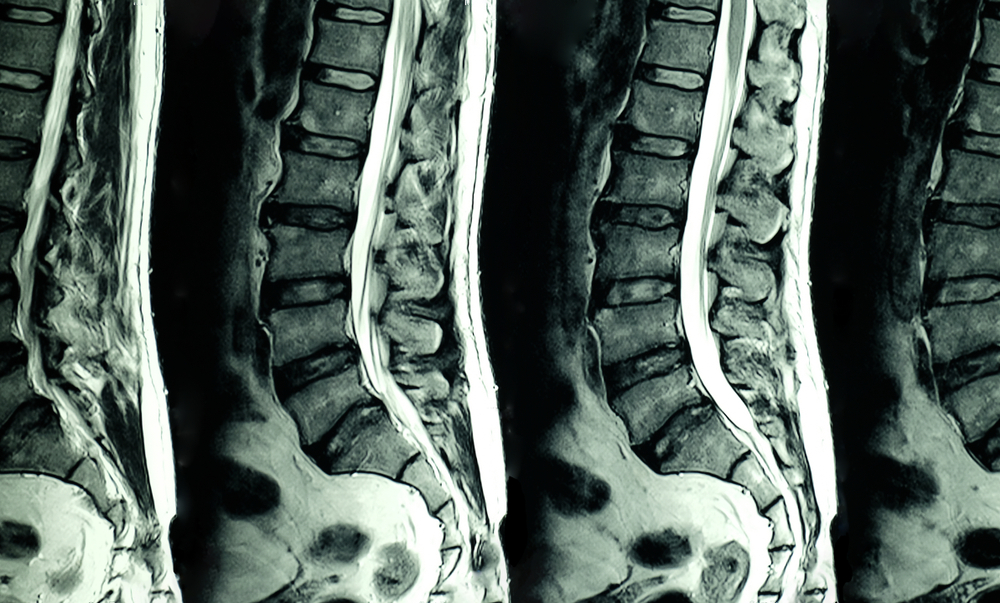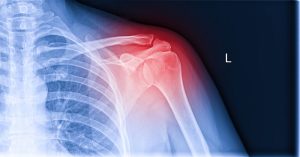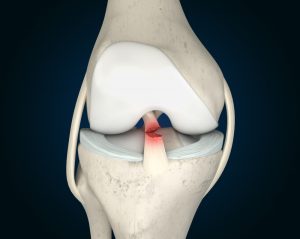How can you slip a disc unexpectedly?
This is one of the most common conditions we treat in the clinic. It is always in the most unexpected way. We often hear ‘I was lifting my kids up, lifting weights in the gym and my back was fine, and then I was just putting my socks on, and my disc went’. It is so frustrating, it is important to remember though that putting on the socks didn’t cause this issue, it is a collective build up over months and years that makes the disc vulnerable, and this is often the straw that broke the camel’s back.
What is an intervertebral disc?
An intervertebral disc is a type of cartilaginous joint located between adjacent vertebrae in the spine. It consists of a fibrous outer layer (annulus fibrosus) and a gel-like centre (nucleus pulposus). Its function is to absorb and distribute shock and load within the spine, allowing for flexibility and movement. Think of it like a jam donut, soft jelly inner and tough outer ring.
What are the ways to slip a disc unexpectedly?
- Laughing too hard
- Sneezing whilst in a flexed position
- Getting out of the car after a long journey
- Bending over to pick up a light object.
- Putting socks on
Most of these unexpected ways involve some sort of flexed position, this compresses the disc and can cause the last bit of stress on the disc to initiate a rupture or tear in the outer layer.
How To Get A Slipped Disc Back In Place?
Chiropractic treatment for a herniated disc typically involves adjustments to your spine to restore the proper alignment and reduce pressure on the affected disc. Other techniques such as spinal decompression therapy, massage, and stretching may also be used to help alleviate pain and improve mobility. Additionally, chiropractors may recommend exercises or lifestyle modifications to help prevent further injury and promote healing. However, it’s essential to consult with a chiropractor or a healthcare professional before starting any treatment plan. Here are some exercises to work on as well.
What are the best exercises for a slipped disc?
Intro
- McKenzie exercises: These exercises focus on extension and flexion movements to help reduce pressure on the disc. An example of a McKenzie exercise is lying on your stomach and raising your upper body with your hands while keeping your pelvis on the ground.
- Low-impact aerobic exercise: Activities like walking, cycling, or swimming can help improve cardiovascular health and promote healing while minimizing stress on the spine.
- Core strengthening exercises: Strengthening the muscles that support the spine can help improve posture and reduce pressure on the discs. Examples of core exercises include planks, bird dogs, and bridges.
- Yoga and stretching: Gentle yoga poses and stretching can help improve flexibility, reduce muscle tension, and promote relaxation.
Can you fully recover from a herniated disc?
herniated disc can often improve with treatment, and some people do fully recover without surgery. Recovery time can vary depending on the severity of the herniated disc, the individual’s overall health, and the type of treatment received. In some cases, surgery may be necessary to fully recover. It is best to discuss the treatment options and expected outcomes with a professional. As Chiropractors we will always try to do as much as we can to reduce the chance of needing surgery, it should always be an absolute last resort.
If you want anymore information about decompression therapy or how we help with a slipped disc please let me know and I can offer advice on how to do them whilst limiting the impact they have on your body.
If you do know someone who wants more advice on disc symptoms, please send them our details. You can send them this blog and they can request a free copy of our book which has posture related exercises in it as well. Click here for FREE book.
How to heal a herniated disc quickly?
Intro
- Rest: Resting and avoiding activities that worsen symptoms can help reduce pain and inflammation. However, complete bed rest is generally not recommended as it can lead to muscle weakness and stiffness.
- Physical therapy: A physical therapist can work with you to develop an exercise program that helps to alleviate pain and improve flexibility, strength, and posture.
- Medications: Over-the-counter pain medications like acetaminophen and ibuprofen can help manage pain and inflammation. In some cases, prescription medications or epidural injections may be recommended.
- Heat and cold therapy: Applying heat or cold to the affected area can help reduce pain and inflammation. For acute pain, ice is generally recommended, while heat may be more effective for chronic pain.
- Surgery: In some cases, surgery may be recommended if conservative treatments are not effective or if there is significant nerve damage. However, surgery is generally considered a last resort.
Is walking good for a herniated disc?
Best painkiller for a herniated disc?
What we treat at West Chiropractic:
Our chiropractic locations


